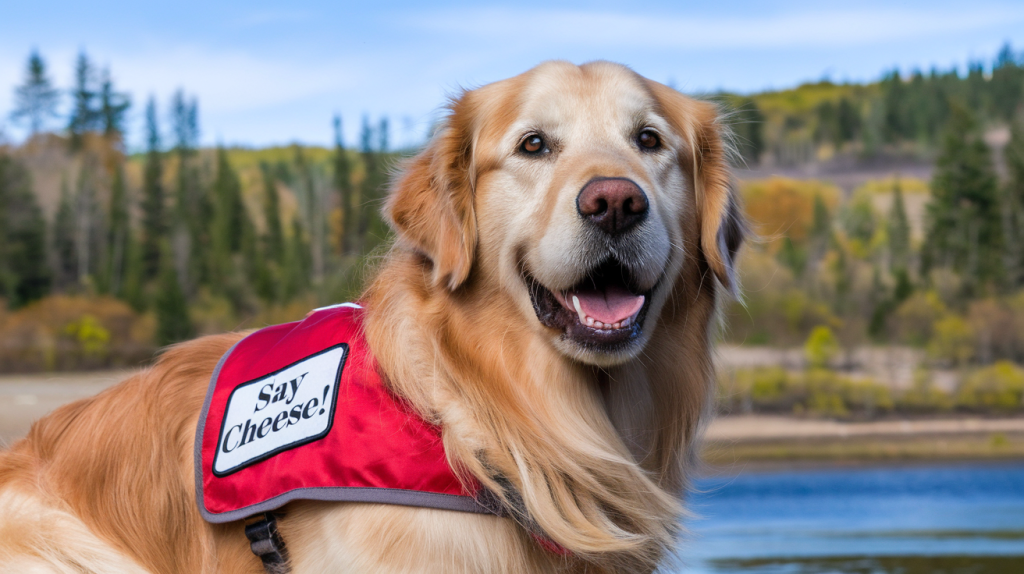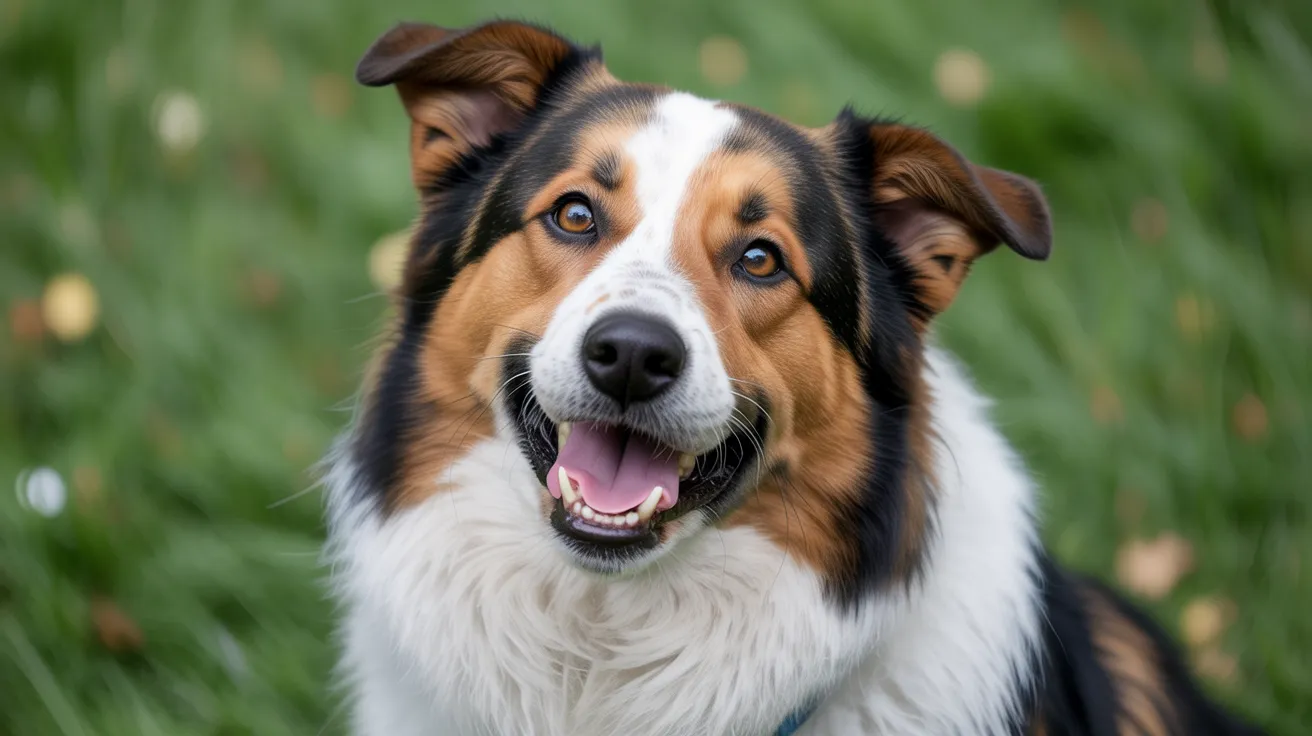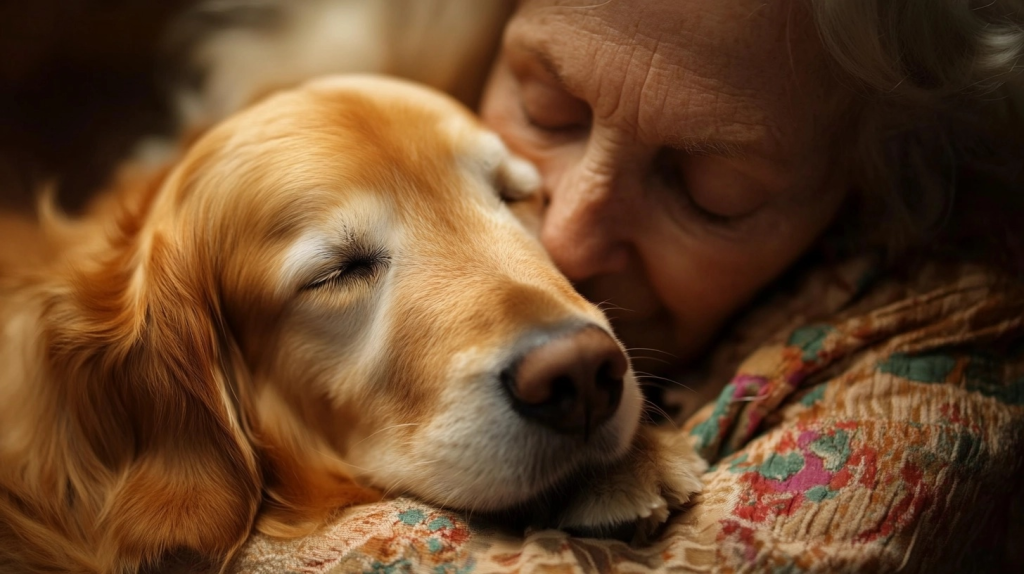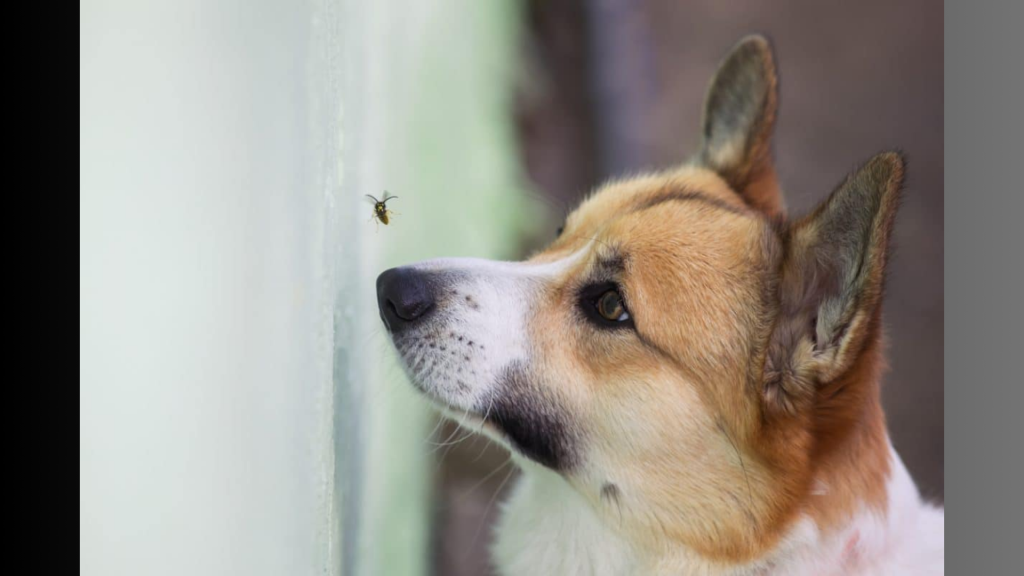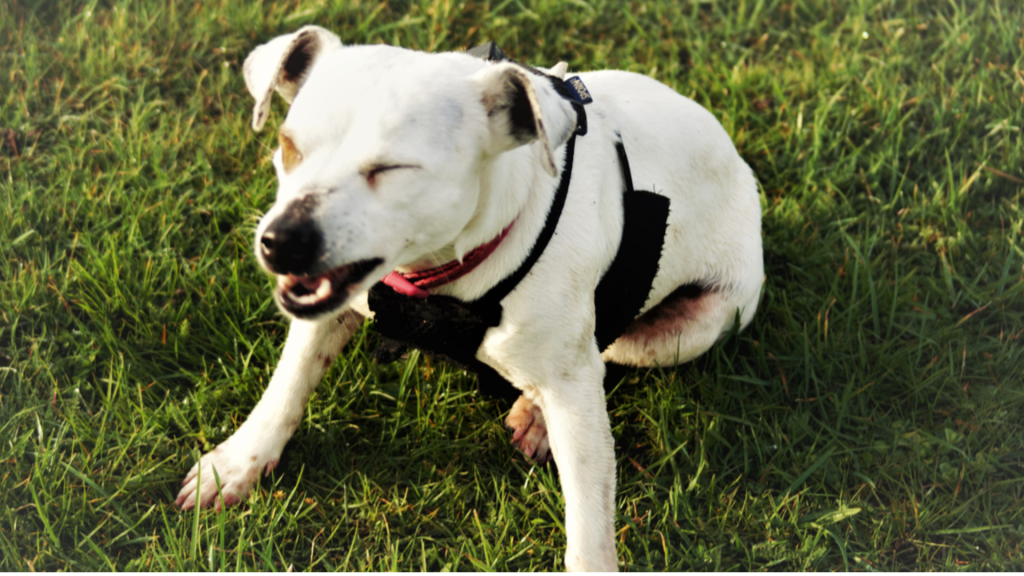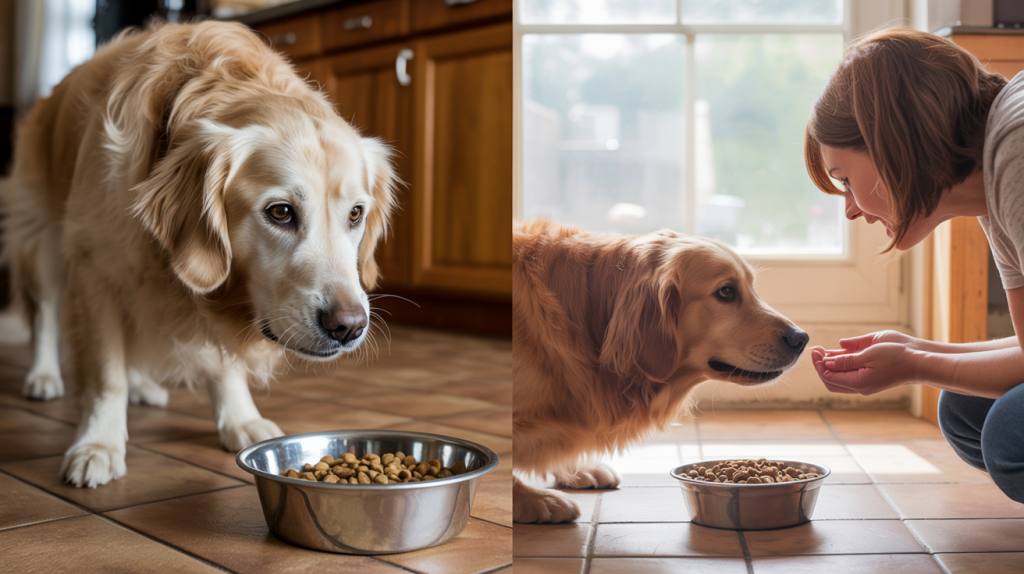Most people think dogs can’t really smile, but some dogs are natural smilers and pick this up quickly.
Others need more time and patience. But here’s the thing – almost any dog can learn this trick with the right approach.
Ready to turn your pup into a four-legged photo model? Let’s check out how to teach your dog to smile, why it works, and which techniques get the best results. Your camera roll will never be the same!
Can Dogs Actually Smile? Breeds That are Natural Smilers
Dogs don’t smile like humans, but their open mouths and hanging tongues can resemble a smile.
This often happens when they’re happy, hot, or relaxed, though panting is a way for dogs to cool down, so an open mouth doesn’t always mean happiness.
Dogs express joy in other ways, too, through wagging tails, jumping, and friendly facial expressions. Some scientists believe dogs have learned to make these expressions because of our long history together.
Some dog breeds naturally look like they’re smiling due to their face shapes:
- Golden Retrievers and Labradors have grinning mouth shapes
- Samoyeds are known for their “Sammy smile.”
- Border Collies and Australian Shepherds have bright, open expressions
- Corgis look cheerful with their fox-like faces
- Pomeranians and Shiba Inus often appear to grin when excited
These breeds have facial features that create happy-looking expressions naturally.
While dogs might not smile exactly like people do, they definitely show us when they’re content through their body language and facial expressions.
What You’ll Need Before You Start
Before you turn your pup into a pearly-white showstopper, make sure you’re set up for success. Training a dog to smile is all about timing, consistency, and good vibes.
Here’s your go-to prep list:
| Item | Purpose/Details |
|---|---|
| High-value treats | Use irresistible, small treats like cheese or chicken to reward correct behavior. |
| Clicker (optional) | Helps mark the exact moment your dog performs the desired action. |
| Verbal marker | If not using a clicker, use a consistent phrase like “Yes!” with an upbeat tone. |
| Mirror (optional) | Some dogs respond well to visual reinforcement when they see their reflection. |
| Quiet training environment | Minimizes distractions so your dog can focus on the training session. |
| The dog’s attention | Ensure your dog is alert and not overly tired or hyper; a quick play session helps. |
| Patience and positivity | Keep the experience fun and light; frustration can hinder learning and progress. |
Step-by-Step Guide: Teaching Your Dog to Smile
Small treats like tiny chicken pieces, a quiet room, and 10 minutes daily. Most importantly, bring patience and excitement to each training session.
Step 1: Watch Your Dog’s Natural Smile
Every dog smiles differently. Some lift their lips to show teeth, others pant happily with an open mouth, and some wrinkle their nose with squinty eyes.
Notice what your dog does when they are super happy.
Step 2: Create the Smile
Say “smile” in an excited voice, then make your dog naturally happy with belly rubs, their favorite toy, or silly dancing.
The moment they smile naturally, say “Good smile!” and give a treat immediately.
Step 3: Add Hand Signals
Point to your own smile or gently lift the corner of your dog’s mouth while saying “smile.” Dogs learn hand signals faster than words alone.
Step 4: Practice Daily
- Week 1: Practice 5 minutes twice daily.
- Week 2: Ask for the smile before giving treats.
- Week 3: Try in different rooms.
- Week 4: Test around other people.
Keep sessions under 15 minutes to avoid boredom.
Step 5: Make It Permanent
Once your dog smiles on command, practice in new places and around friends. Take photos and always reward with treats and praise to reinforce the behavior.
Training Troubleshooting: What If It’s Not Working
1. Your dog doesn’t understand what you want.
Fix: Reward any lip movement. Use a treat or gently lift the lips while saying the cue.
2. The training feels stressful.
Fix: Stop immediately. Use calm praise, build trust, and go slower.
3. Your dog is responding to the lure, not the cue.
Fix: Say the cue before showing the treat. Gradually fade the treat out.
4. Poor timing or mixed signals.
Fix: Reset with a new cue word. Only reward the correct behavior.
5. Learning takes time.
Fix: Keep sessions short and positive. Praise small steps.
Not all dogs “smile” the same way. Focus on fun, not perfection.
Tips to Level Up the Trick
Want your dog’s smile to shine in any situation? Use these tips to make the trick even better and more reliable.
- Practice in short, fun sessions to keep your dog interested.
- Add a hand signal or special word so your dog knows when to smile.
- Reward with treats and lots of praise every time your dog gets it right.
- Try the trick in different places so your dog can smile anywhere.
- Slowly add distractions, like people or pets, to help your dog focus.
- Be patient and celebrate small wins, progress takes time!
- Always end on a happy note so your dog looks forward to learning.
The Bottom Line
How to teach your dog to smile creates special moments between you and your furry friend. Watched countless dogs learn this fun trick, and the joy on both the dog’s and the owner’s faces is always worth it.
Your dog’s safety and comfort should always come first. If your pup seems stressed or confused, take a break. Not every dog enjoys this trick, and that’s perfectly okay.
Start with just five minutes of training today. Grab some tasty treats and begin working on the “show teeth” behavior.

